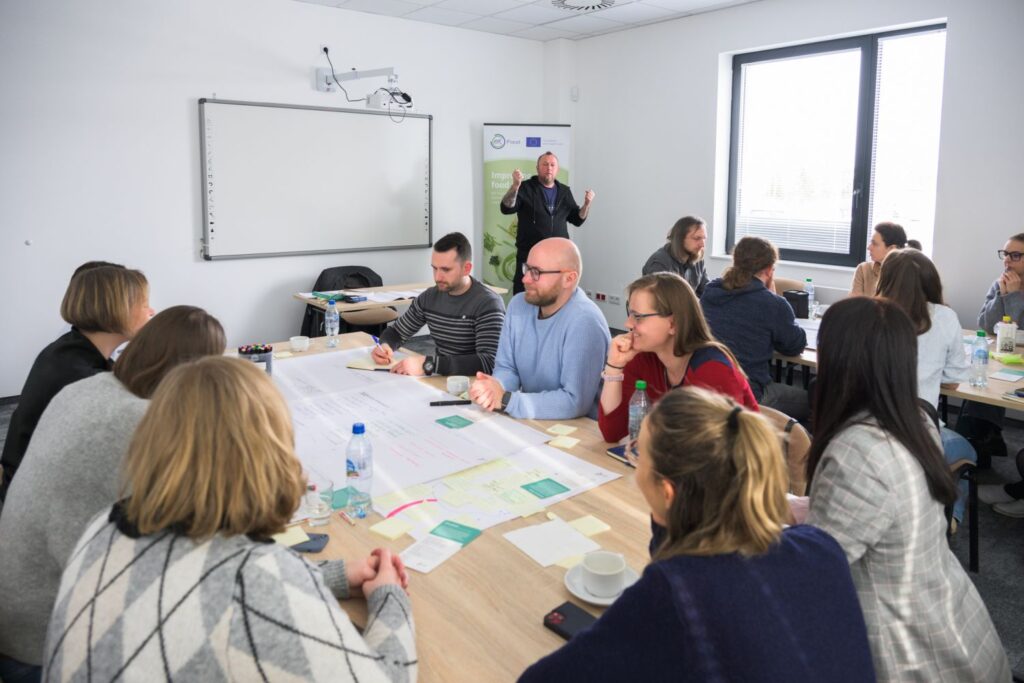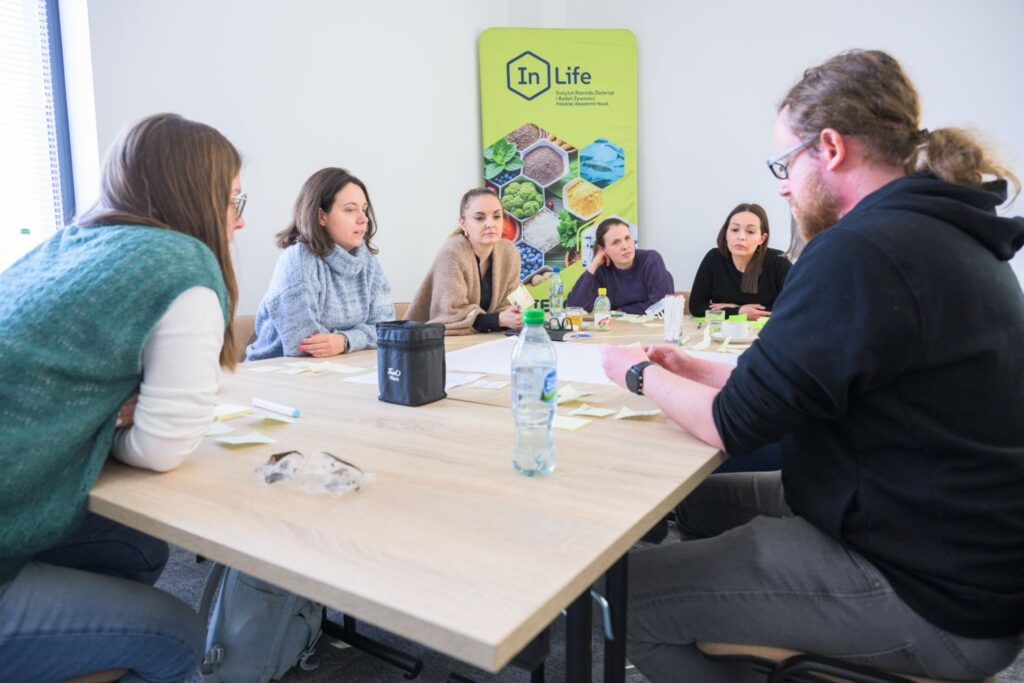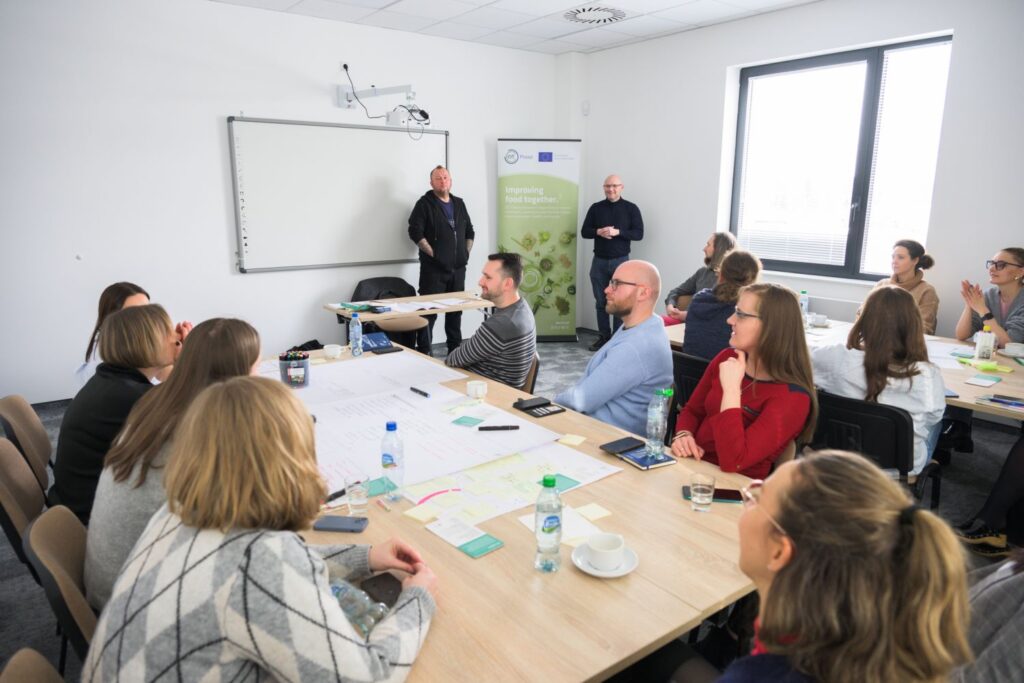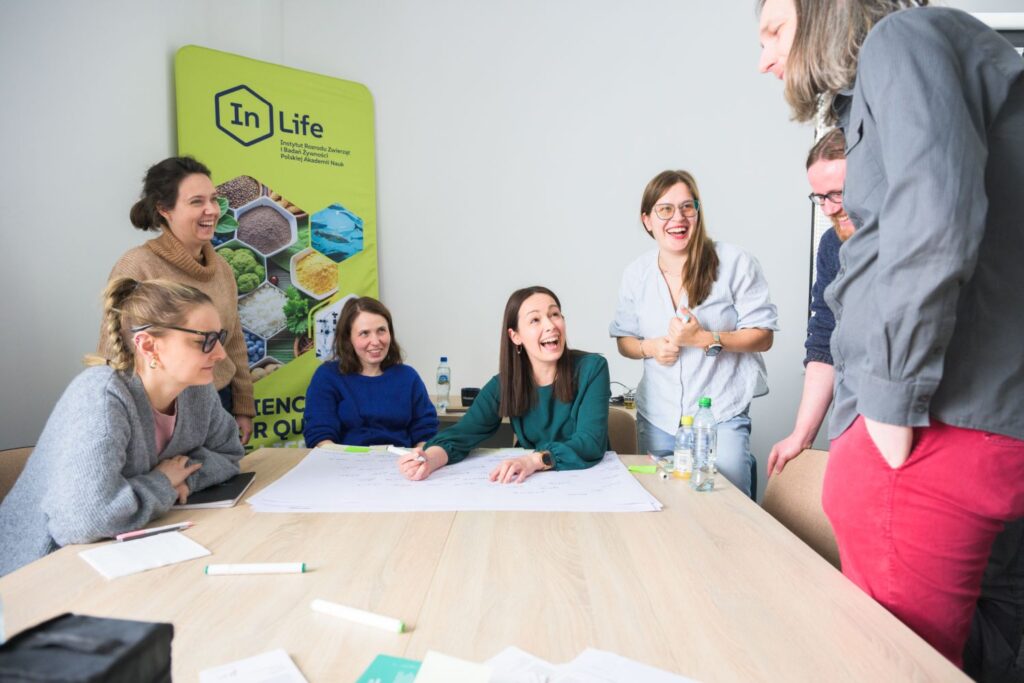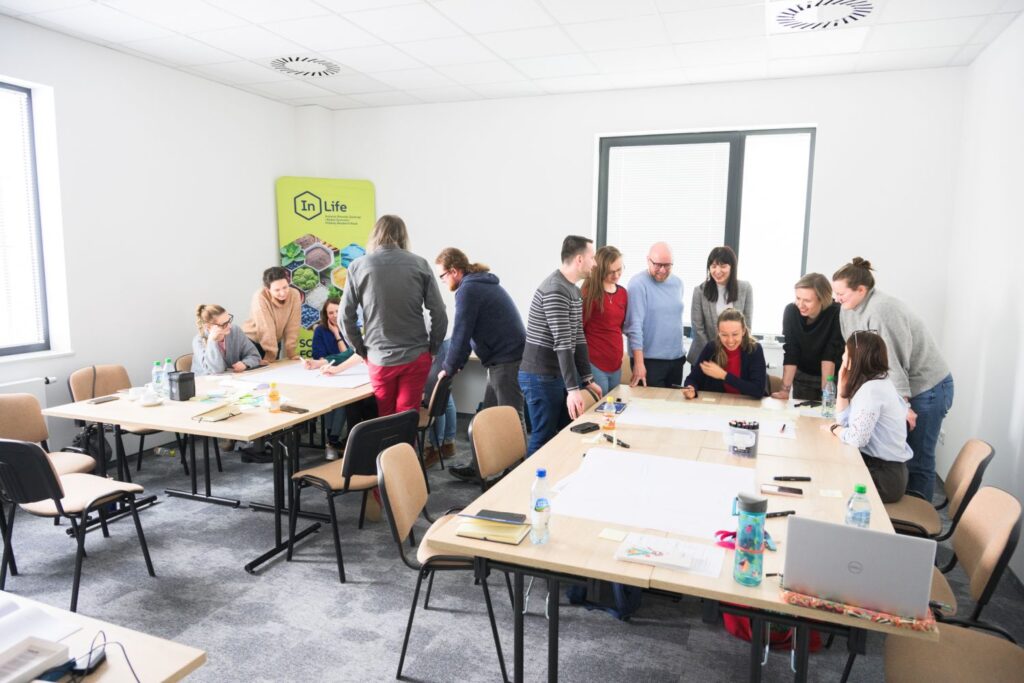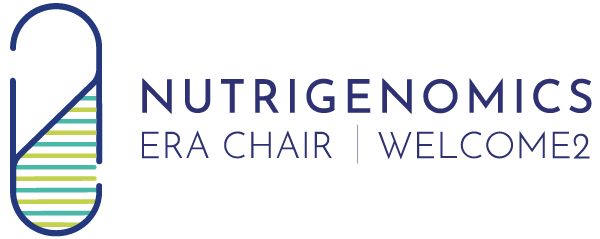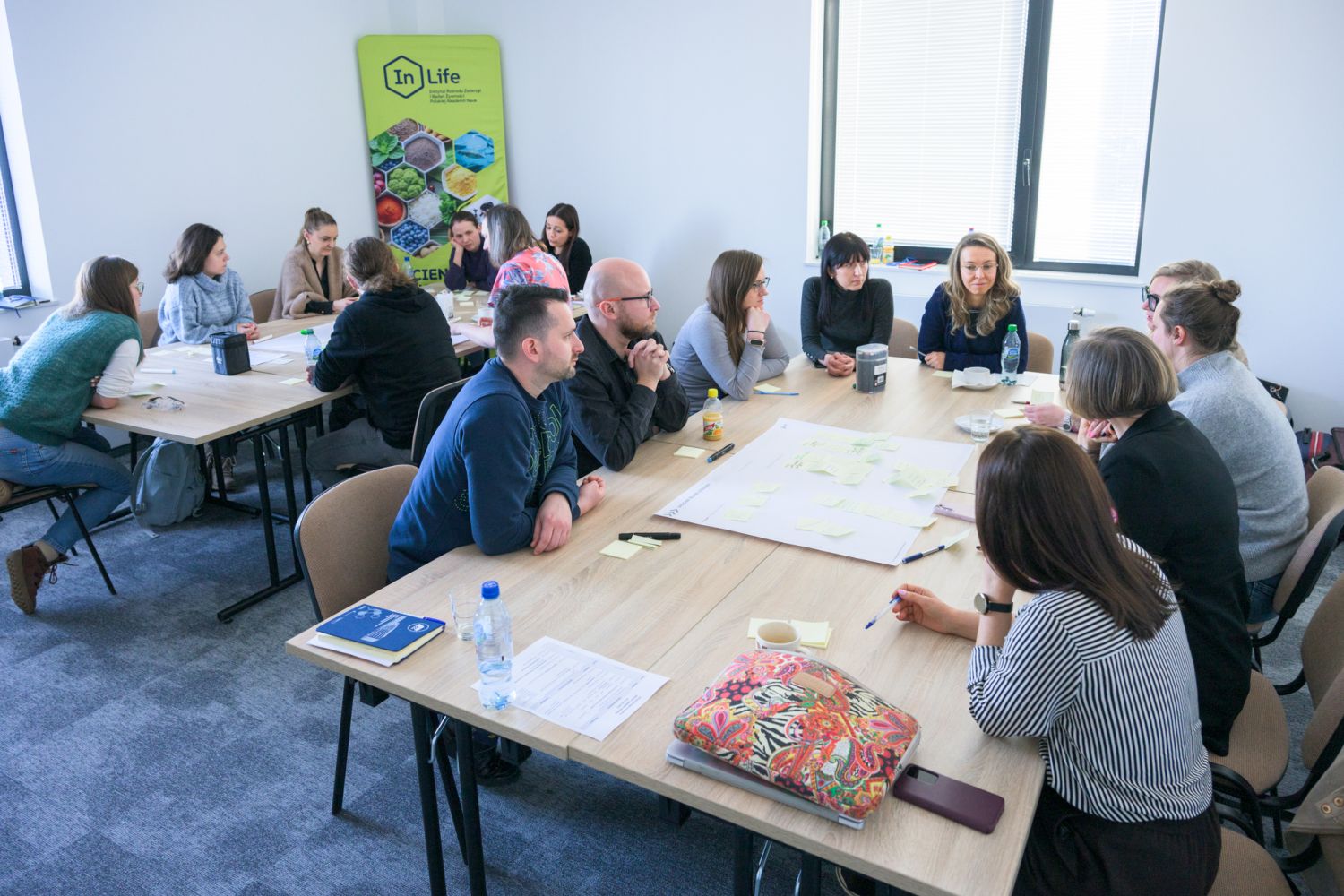
On February 20-21, 2025, the first sessions of the 3rd edition of RMA, titled “Design Thinking in Science,” were conducted by Piotr Wasyluk. The aim of the sessions was to introduce the topic and demonstrate through a series of hands on activities how Design Thinking is transforming scientific research by encouraging interdisciplinary collaboration and user-focused solutions. This structured yet flexible approach enhances innovation by ensuring that scientific discoveries address real-world needs. The process consists of five key stages. Empathizing involves understanding the needs of stakeholders through observation and interviews. Defining the problem ensures a clear research focus. In ideation, researchers generate creative solutions through brainstorming and interdisciplinary collaboration. The prototype phase brings ideas to life through lab experiments, models, or early-stage applications. Finally, testing refines solutions through feedback and analysis, ensuring their practicality and effectiveness. Design Thinking makes science more adaptable and impactful. In biotechnology, researchers develop medical devices with direct input from patients and healthcare professionals. In environmental science, local communities help shape sustainable solutions. This methodology encourages continuous innovation, making scientific research more effective in addressing societal challenges. As problems grow more complex, integrating Design Thinking will be key to developing sustainable and user-centered solutions.
